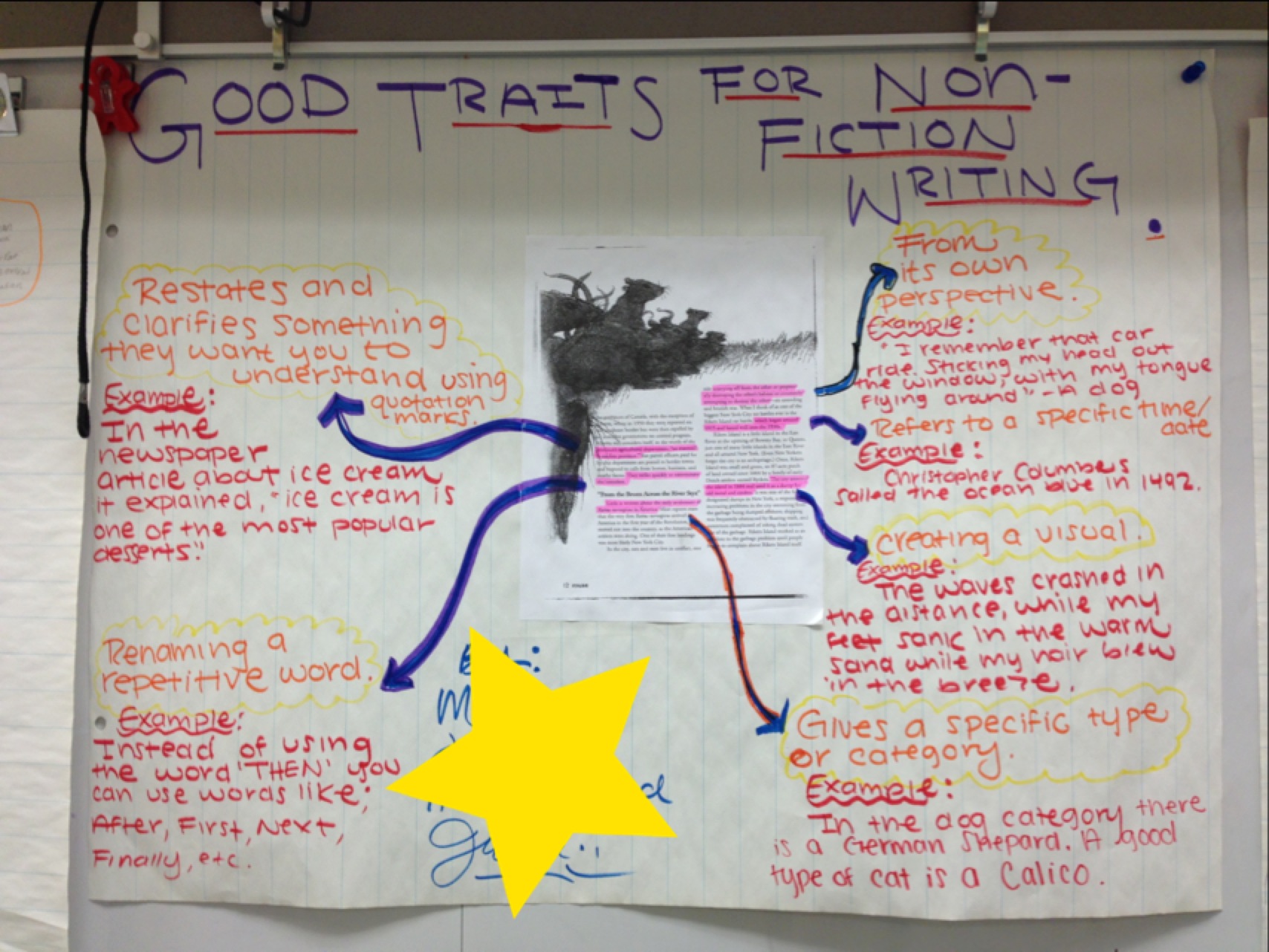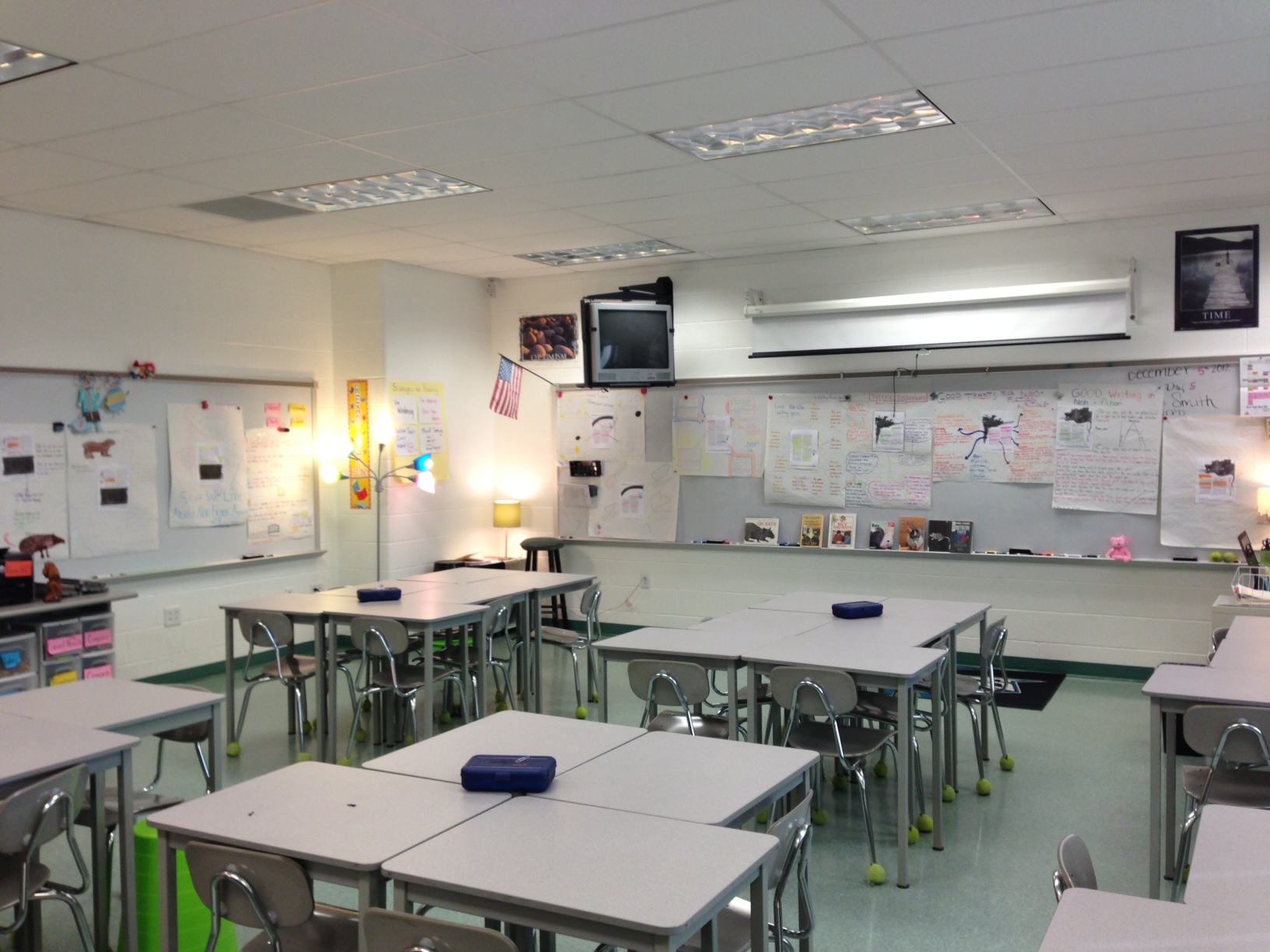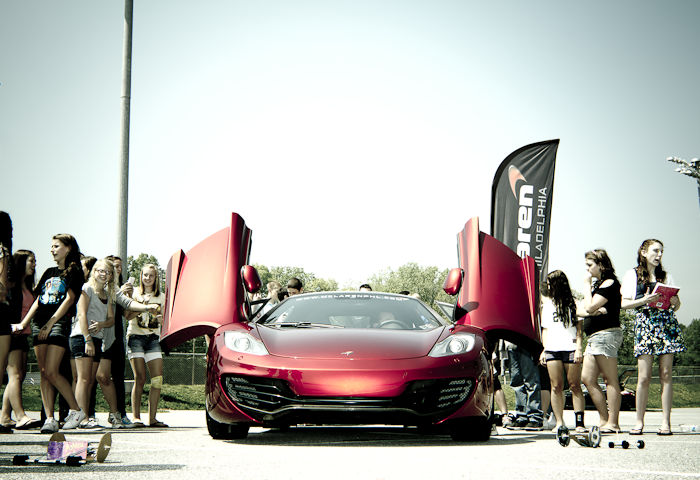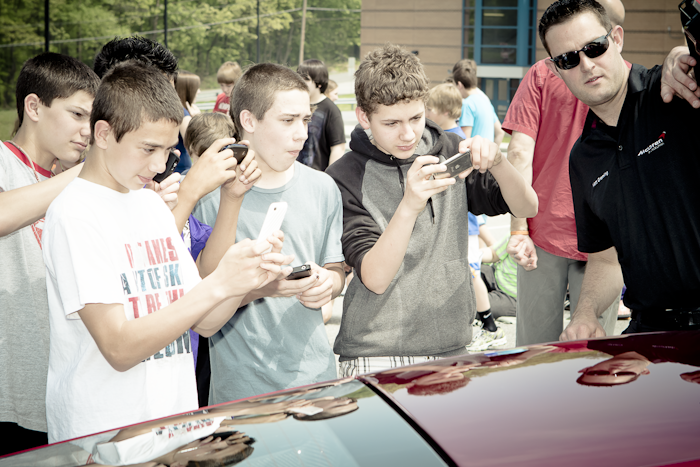 It all started with test prep. I mean, I dread test prep; I value its importance, but I dread test prep. So with persuasive writing test prep, the easiest and maybe one of the most important things I do with my kids is to have them write to a prompt, because really, I don’t give them writing prompts all year, so this practice is important.
It all started with test prep. I mean, I dread test prep; I value its importance, but I dread test prep. So with persuasive writing test prep, the easiest and maybe one of the most important things I do with my kids is to have them write to a prompt, because really, I don’t give them writing prompts all year, so this practice is important.
Somewhere between test prep and moments of testing anxiety only a teacher can understand, came McLaren.
I know nothing about cars. But, I can definitely pick out a cool car. So what would be cooler than persuading the McLaren MP4-12C to come see us at school? Well, if it actually worked, nothing would be cooler than that. In fact I think it would make test prep authentic, which is really the reason I hate test prep in the first place, the lack of authenticity in the process.
When we started writing our persuasive letters to McLaren and our Principal, I was all about the details— that is providing valid persuasive techniques, putting the thesis statement in the right place, a genuine rebuttal that actually helped the paper. Somewhere in the middle of all of this, I realized their reasoning had persuaded me too, learning about this car was one of the most educational things we could do for them and if I could make it happen, I would try.
Before I knew it, the science teacher was involved doing materials science labs and talking about the strength of a carbon fiber body. Then the kids were building their own rubber band powered racecars, and it was happening, it was actually happening.
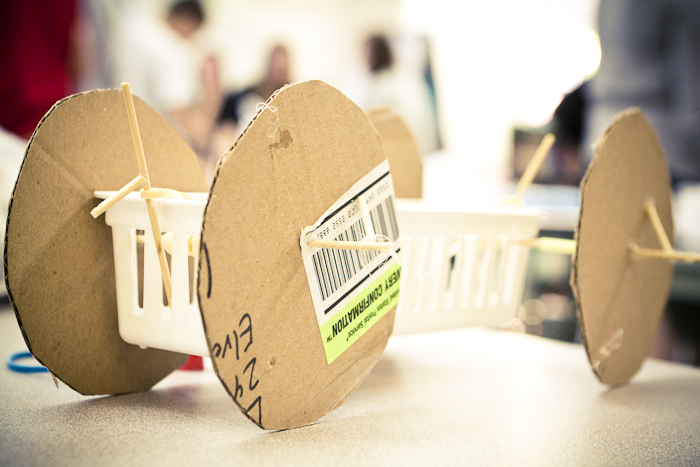
Our math teacher brought the whole project to a new level, planning out McLaren math and getting the kids to figure out Drag Speed Coefficients and things I do not understand at all. He was even e-mailing the Chief Engineer over at McLaren England; I mean really. And so what had started as a really painful test prep lesson became a community building, learning experience, across three curricular areas— oh and one really amazing day with The McLaren MP4-12C!
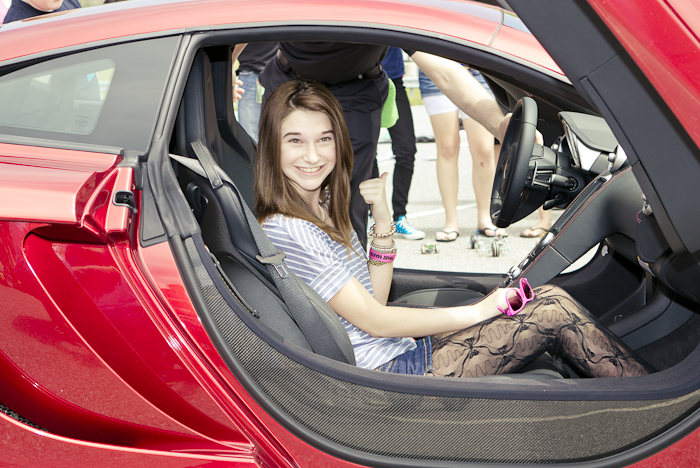

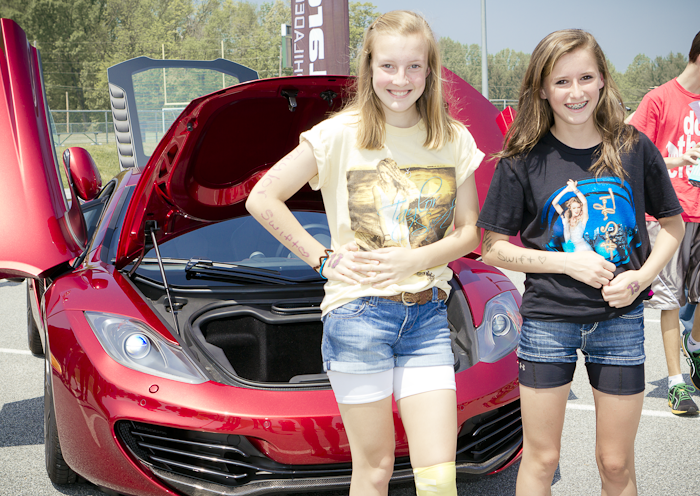
During this project, I saw my kids do things that really really really impressed me and tugged at my heartstrings.
- They struggled and didn’t give up: Each subject area really raised the bar with this one, we all expected things out of them we were not sure they had the ability to do. We all watched them fail; we all watched them try again, more than once.
- The helped each other: Without me suggesting it, without thinking that if they helped one team they might not win a prize, they selflessly shared tips with their core group of friends and people they rarely talked to. They really wanted everyone to succeed.
- They smiled: I see them smile everyday, but this project had some really excited smiles from kids who sometimes struggle to find a reason to smile (See screams of joy when Chad turned on the car stereo and played Taylor Swift for them and gasps of awe as Matt opened and shut the car door).
Then again during this project, I saw adults do things that really really really impressed me and tugged at my heartstrings.
- Jon, Donna, Jen & I worked together as a team: We each changed lesson plans, we each conducted research above and beyond, we were flexible and supported each other in the way coworkers should.
- All the people at McLaren Philadelphia and McLaren helping us and making us feel like family, answering our questions along the way, and being excited for us: They didn’t have to, they weren’t making a profit for this, they valued us when we had nothing we could give them in return.
- Chad, Alison, and Matt giving up their day to be with us: They stayed way longer than expected; they brought gifts for the kids; they answered countless questions. They got sunburn!
- Evan, typically a star in our classroom, came in to help us build cars, take photos, and make sure I stayed sane at the end of the day.
- Gerald Catagnus, our principal, who saw the value in our plan and welcomed McLaren into our school.
A Footnote:
This past summer, I attended Columbia University’s Reading and Writing Project Summer Institute. I remember one class I took with Colleen Cruz, author of Reaching Struggling Writers. Maybe what I remember the most, without looking at my notes, is that if you draw on something kids already think is fun, and then apply writing to it, they’ll be more likely to give you their best work.
Generally speaking, I thought I was pretty good at doing just that. However, it was in this class that I realized I may have been missing some pretty valuable teaching tools. Sports. Video Games. Hunting. Cars. Anything, that I might have previously labeled utterly and totally ummm boring boy?
I made my mind up this summer, that I would open my mind. I would try harder with a topic that my kid’s love, even if the very thought of the topic would be utterly vapid for me.
But in the end, this project, this undertaking, was anything but vapid. In fact it sits high on my teacher shelf of things I loved teaching, loved learning about, and I still can barely believe this all happened to us.
**There was a press release for this day, hence the kid pic love I’m totally able to post. If you love style of these photos, email me at [email protected] , and I can set you up with our amazing photographer Evan.
